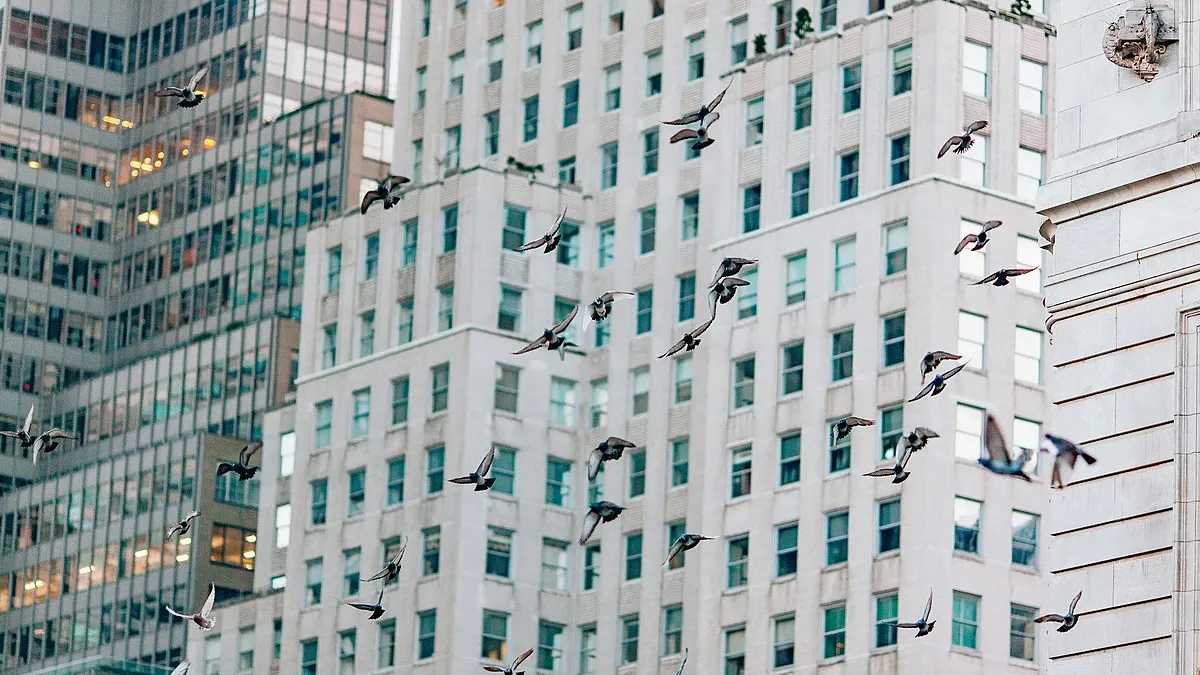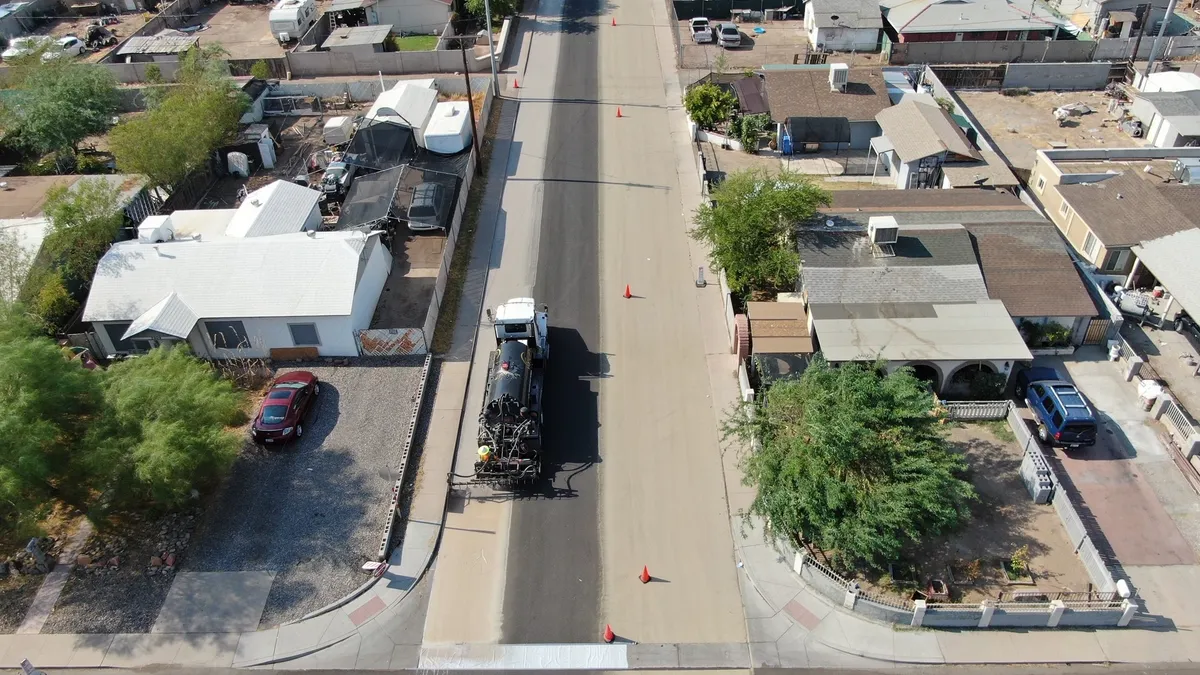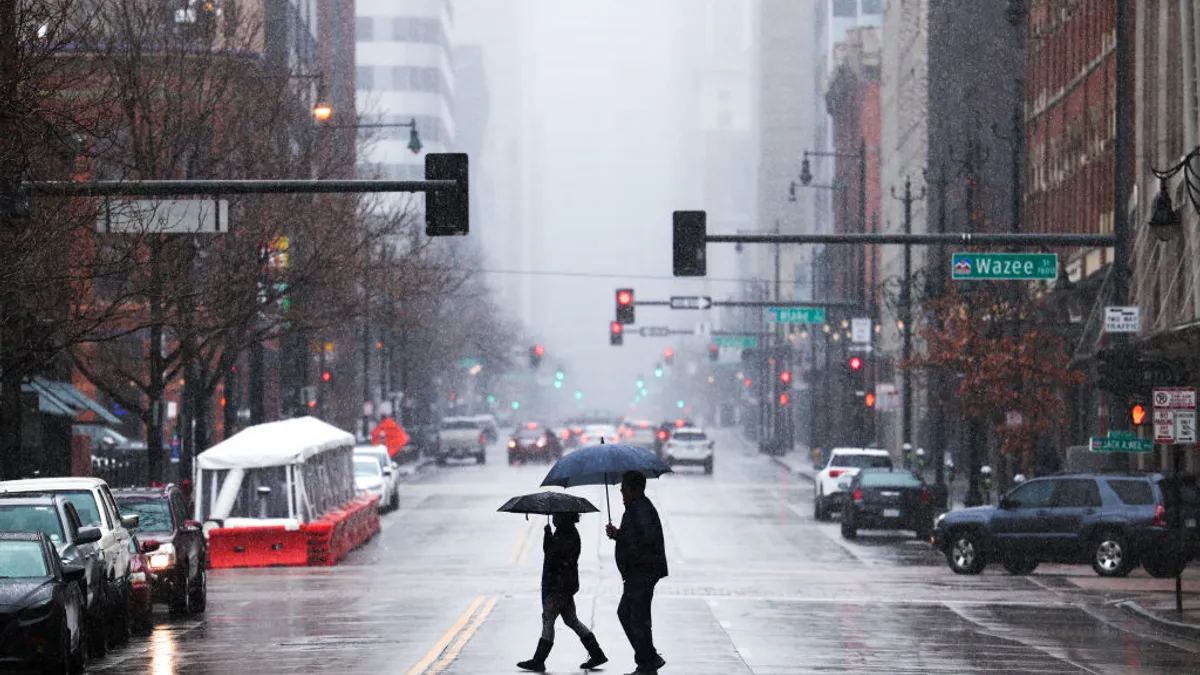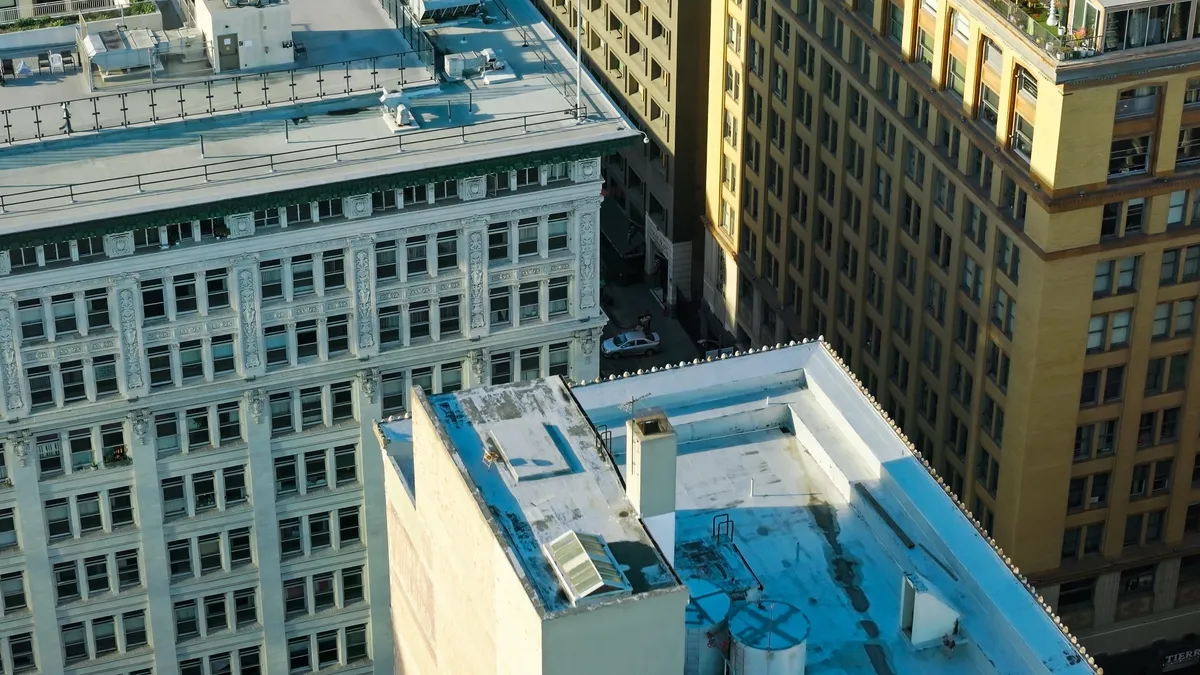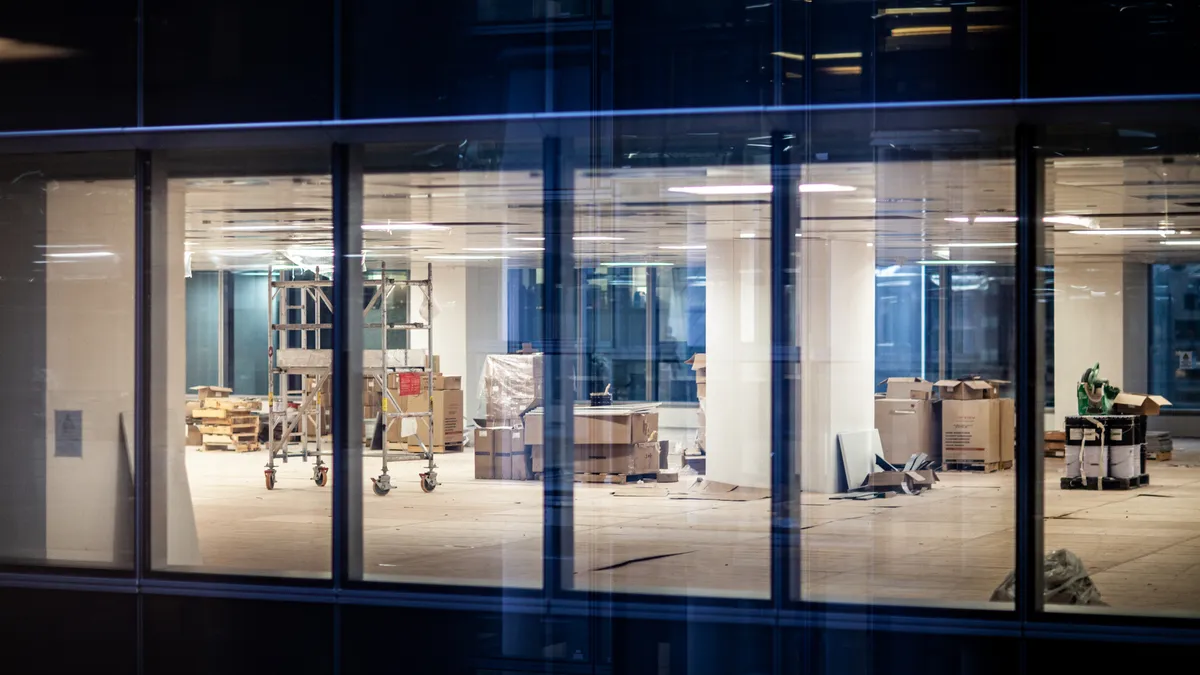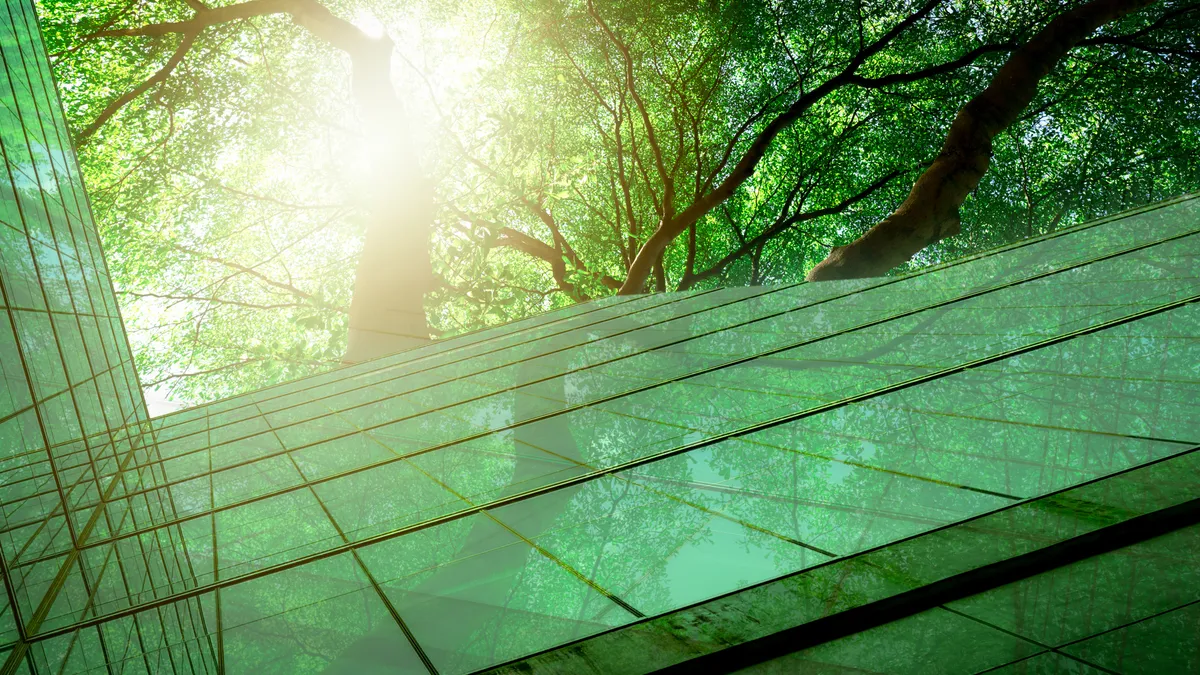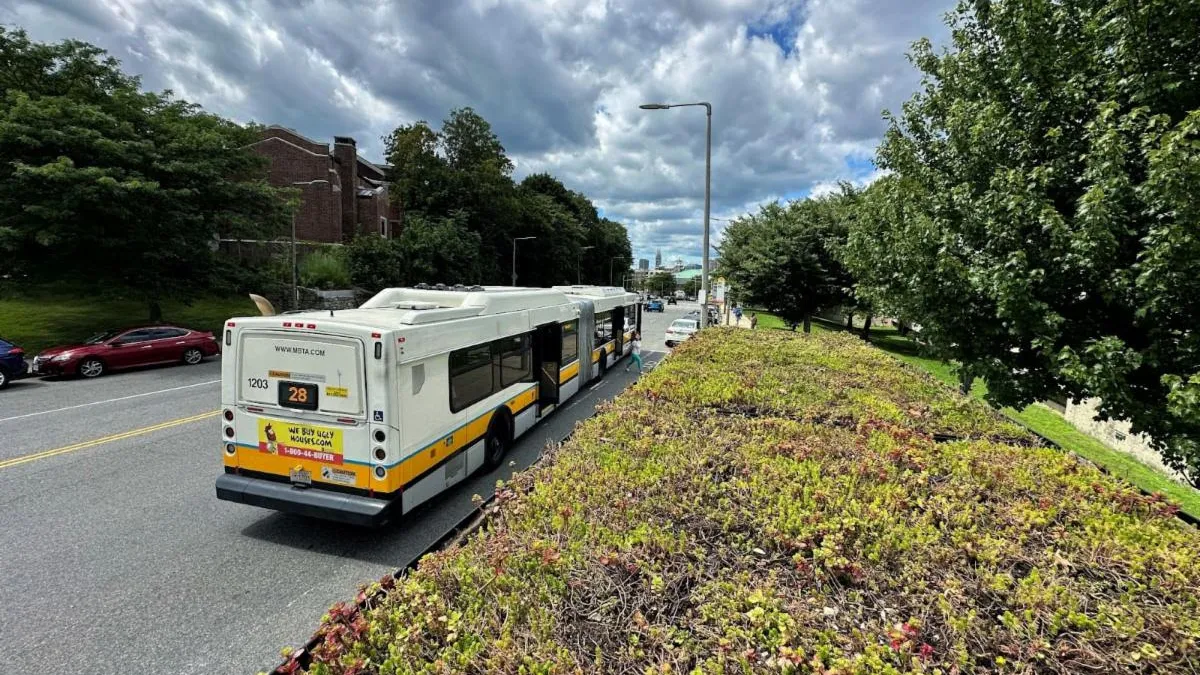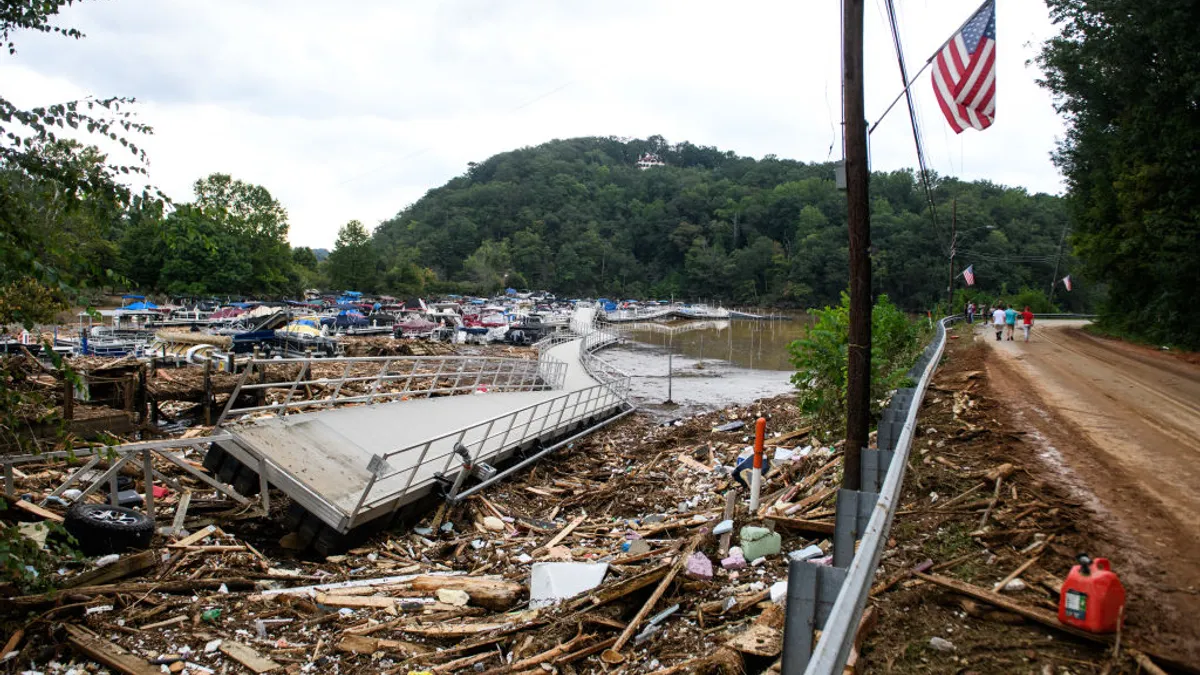After a year of contentious debates around school desegregation, COVID-19 mitigation and other pressing crises, members of Maryland's Howard County Council found near unity in July when it passed a bird-safe building mandate. The vote marked only the second bill of its kind on the East Coast, following New York City's legislation that passed in December 2019.
Howard County is home to hummingbirds, cardinals, woodpeckers and doves, among many other bird species, all of which stop over during annual migration. When they land in unfamiliar territory to rest or find food, they often confuse reflective glass as passable space — resulting in fatal collisions that take the lives of up to a billion birds annually across North America, according to the American Bird Conservancy (ABC).
Buildings from one to three stories tall account for 44% of all bird fatalities, ABC reports. Howard County is chockfull of buildings in this size range, said Mark Southerland, legislative director at Safe Skies Maryland.
Council Chair Deb Jung, who introduced the legislation, called the bill "non-controversial," noting the significant support it gathered from environmental organizations and sponsors. The Council considered offering incentives in the bill, but ultimately decided on a mandate, Jung said.
"We determined that it was easier to fold the requirement into our green building laws here," Jung said.
Following approval of the bill, most public and private buildings in Howard County will now need to meet the LEED Bird Collision Deterrence pilot credit, which requires all materials on the building façade provide a low-threat threshold, as defined by the U.S. Green Building Council (USGBC).
"This is the most popular pilot credit because it’s such a tangible one," said Elizabeth Beardsley, senior policy counsel at USGBC. "People see birds all around them and see saving them as something positive. It’s much easier to visualize than something like an energy mandate.”
Beardsley pointed to several West Coast municipalities that have issued bird-friendly construction mandates, including San Francisco, Portland, OR, and a handful of towns in Illinois and Minnesota.
"San Francisco was the first to adopt a mandate back in 2011," she said. “But when the American Bird Conservancy came out with a guideline and we designed our pilot credit around that, it took off."
This guidance evolved out of the knowledge that architects like to "measure and rate things," said Christine Sheppard, director of the glass collisions program at ABC. The Conservancy helped to define the standards that set the foundation of the LEED pilot credit, Sheppard said.
The credit is popular due to its low financial burden, Sheppard said. "When an architect is designing a LEED-certified building, the first thing he or she does is look through the hundreds of credits they can choose. At this stage, incorporating bird-friendly design doesn’t cost much."
In fact, most bird-friendly designs will wind up saving a company money over the long term due to energy savings from the design, Beardsley said. A bird-friendly design equates to reducing unnecessary lighting or reflective glass, and even takes into consideration the nearby plants, trees and shrubbery.
When it came time to expand New York's Jacob Javits Center in 2016, for instance, architects studied a wide variety of bird-friendly glass. They settled on glass with a pattern of dots that not only protected birds, but increased energy efficiency. The architects also added a new green roof that attracts foraging and nesting birds. The result: bird deaths dropped by 90% and energy consumption by 25%, according to Southerland.
Former New York City Councilmember Rafael Espinal sponsored the city's bird-safe mandate, drafting the legislation as part of a bigger plan to make the city’s buildings more sustainable and environmentally friendly.
"The Audubon Society alerted me to the fact that thousands of birds collided with our city’s buildings each year,” he said. "From my experience as a legislator, I knew that initiatives like this are not prioritized by building developers, even if subsidies are involved. I believed a mandate would be the best way to have the highest impact and not disrupt construction costs."
Builders were given a one-year grace period before the mandate takes effect at the end of 2020. "Going forward this December, new buildings will be required to have a green roof and bird protection glass or film," said Espinal. "Many companies have already begun doing this as a practice."
There has also been movement in Congress to mandate federal bird-friendly standards through the Bird-Safe Buildings Act of 2019, but as that stalls, the onus remains on municipalities to move this practice forward. As governments grapple with the effects of COVID-19, Jung considers Howard County fortunate to have laid the groundwork for the legislation before tabling it in March.
"We held meetings with stakeholders in the fall, so we knew we were putting out a bill that most people would feel comfortable with," Jung said. "We were in a good spot when it was time to move forward. We hope that at some point, it will encourage the passage of similar legislation on a state level."


